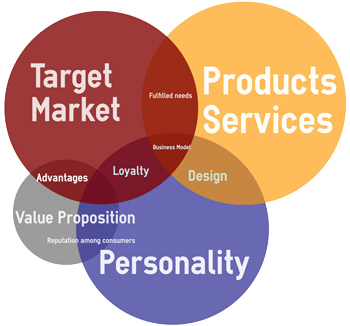
BRANDING... being known for all the right reasons
Successful businesses often create a distinctive competitive-edge. However, it is essential to explain to customers what your strengths are. Branding summarises your benefits and values so that they are easy to recognise instantly again and again.
Your brand identity is how you would like your company to be seen. Your brand image is how your whole brand personality is actually seen ' strengths and shortcomings.
In other words, your brand is defined by everything you say, do and own. Your customers' brand journey may start with a simple verbal recommendation, reinforced by an advert, a visit to your website, a brochure, a phone call, a quotation, goods and service delivery, aftersales service and eventually a fresh round of complimentary recommendations introducing you to new customers.
It is important that your message is consistent. Even a business card with your old phone crossed out and new one hand-written in can damage your professional identity.
Making a start
Many people begin by creating a company logo epitomising their 'promise to their customers'. Historically, great logos have been powerful 'sign-offs' or 'signatures'. Generations of grateful parents have recognised "57" as a guaranteed meal solution for hungry kids! When launching a logo, it is important to live up to the attributes you promote.
As McDonald's say, every McDonald's is the same when you walk in, with the same menu, to reassure you of its delivery.
Creating you brand is likely to involve some soul-searching that should define: -
- Your company mission
- Features and values your goods and services deliver
- An understanding of what clients currently think of you.
- A realistic set of qualities you want them to see
Communicating your brand is the role of a brand strategy you also need to develop. This identifies who you wish to influence, plus a road-map of when, where and how you plan to reach them.
Potential communication channels including: - one-to-one contact, advertising, literature, PR, print & online editorial, social media, plus exhibitions, conferences and seminars.
In practice, you should aim to: -
- Use your logo widely
- Ensure employees can explain what your brand stands for
- Weave your brand into all aspects of the business-life ' answering phones, dress codes, e-mail signatures and temperate language
- Develop a concise, memorable strapline ' 'every little helps'
- Extend brand standards to all marketing material
- Be consistent
- Live up to your brand
A brand working well in the marketplace can generate added value ' brand equity ' allowing you to charge premium prices compared to competitors.
Ask Coca-Cola!

